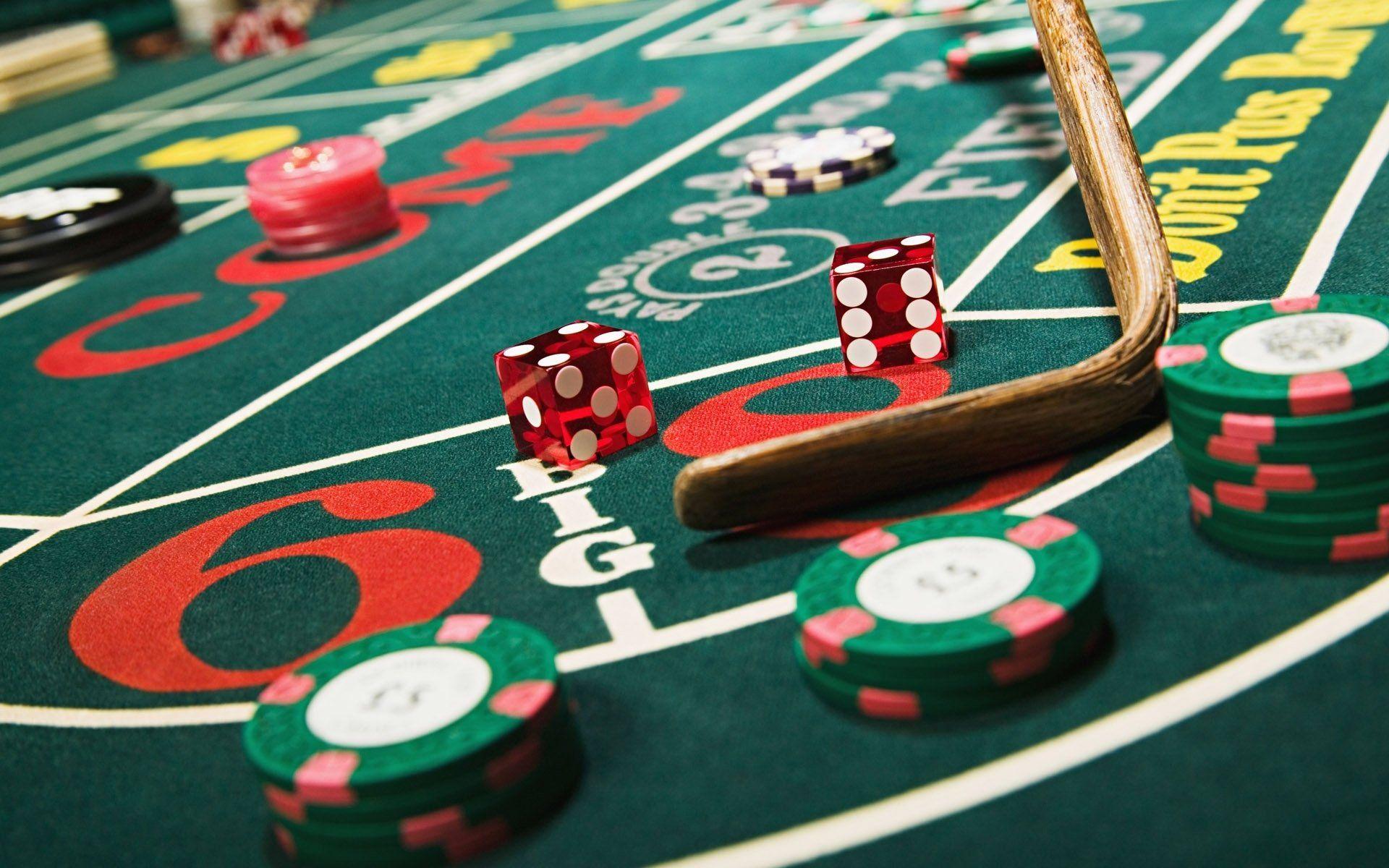
Casino games have long captivated people’s attention, drawing participants into a world filled with chance, planning, and the allure of thrill. Each game is carefully crafted not just for fun, but also to elicit targeted emotional responses that keep gamblers engaged and committed. Understanding the reasons behind these designs reveals much about how human psychology plays a vital role in the gaming experience.
From the bright lights and dynamic sounds to the sophisticated layering of systems and incentives, casino games are designed to create an atmosphere of thrill and expectation. Game designers leverage behavioral strategies to influence participant behavior, whether through the use of winning opportunities, close-call situations, or community engagement. By examining these elements, we can better appreciate how casino games fulfill not just a desire for entertainment, but more profound psychological needs for adventure and uncertainty.
Understanding Player Actions
Casino games are crafted with a thorough comprehension of player psychology, which is essential for luring and keeping players. The rush of the game, alongside the expectation of winning, produces a strong attraction. Game designers employ elements like audio cues, vibrant graphics, and immersive gameplay to capture attention and evoke emotional responses. These sensory elements enhance the immersive experience, making players feel more attached in the game.
Another notable aspect of player behavior is the concept of risk/reward dynamics. Casino games often manage high-risk scenarios with the potential for substantial rewards, which can lead to the occurrence known as near-miss effect. When players come close to winning, the brain produces dopamine, bolstering their behavior and encouraging them to keep playing in quest of that elusive win. This cycle of hope and frustration plays a crucial role in how games are structured and advertised.
Lastly, community aspects also play a critical role in player behavior at casinos. no verification casinos Many games are made to be played in groups or alongside other players, creating a sense of belonging and communal experience. The interaction inherent in games like poker enhances enjoyment and can culminate in extended gameplay. Designers leverage on this by crafting environments that invite players to stay, interact, and return, making the overall casino experience more inviting.
The Role of Visuals and Sound
Imagery and sound play a crucial role in enhancing the gambler’s experience within casino games. Designers utilize bold colors, eye-catching graphics, and captivating animations to grab gambler’s attention and maintain their focus. The use of motifs, such as exploration or luxury, helps create an enthralling atmosphere that takes players into another world. By connecting to the senses, these elements contribute to a heightened emotional response, encouraging players to interact more deeply with the games.
Audio design is just as important in reinforcing the overall experience of gambling games. The combination of background music, sound effects for winning combinations, and environmental noises creates an auditory landscape that keeps players fascinated. Sounds associated with wins, such as ringing bells or festive music, evoke feelings of excitement and reward, encouraging players to continue playing. These audio cues are carefully placed to enhance the thrill of the game and create a more engaging experience.
Moreover, the synchronization of visuals and sound is crucial for reinforcing the game’s overall concept and mood. Each element should coordinate seamlessly to create a cohesive experience that draws players in. The effective use of this integration not only improves user satisfaction but also boosts the chances of return play, as players become more invested in the captivating world that the gambling games offer. This thoughtful integration of imagery and audio ultimately enhances player engagement and loyalty.
Incentive Systems and Engagement
The design of gambling experiences heavily depends on reward structures to keep participants involved and coming back for additional experiences. These structures are based in behavioral theories that take advantage of human nature and desire. Participants are often driven by the thrill of winning, which is supported by immediate feedback through the game structure’s design. This instant gratification not just improves the gaming experience but also fosters a sense of success, encouraging players to continue participating in hopes of greater rewards.
Casinos adopt various incentive systems, such as jackpots, bonuses, and multipliers, to captivate players. These features create a layer of excitement that sustains engagement. Additionally, the unpredictability of outcomes plays a crucial role in sustaining interest. The intermittent reinforcement schedule, where wins are random but occur often enough, keeps players on edge and driven to keep playing. This loop of hope and expectation is foundational to the effectiveness of casino games.
Moreover, social elements, such as competitive events and collaborative options, boost the engagement factor by tapping into the desire to compete of participants. The communal aspect of playing with others can amplify the thrill of winning and create a sense of community within the casino. By integrating these community elements with effective reward systems, gambling experiences don’t just provide entertainment but also foster a stronger bond among players, reinforcing their commitment to the gaming experience.
